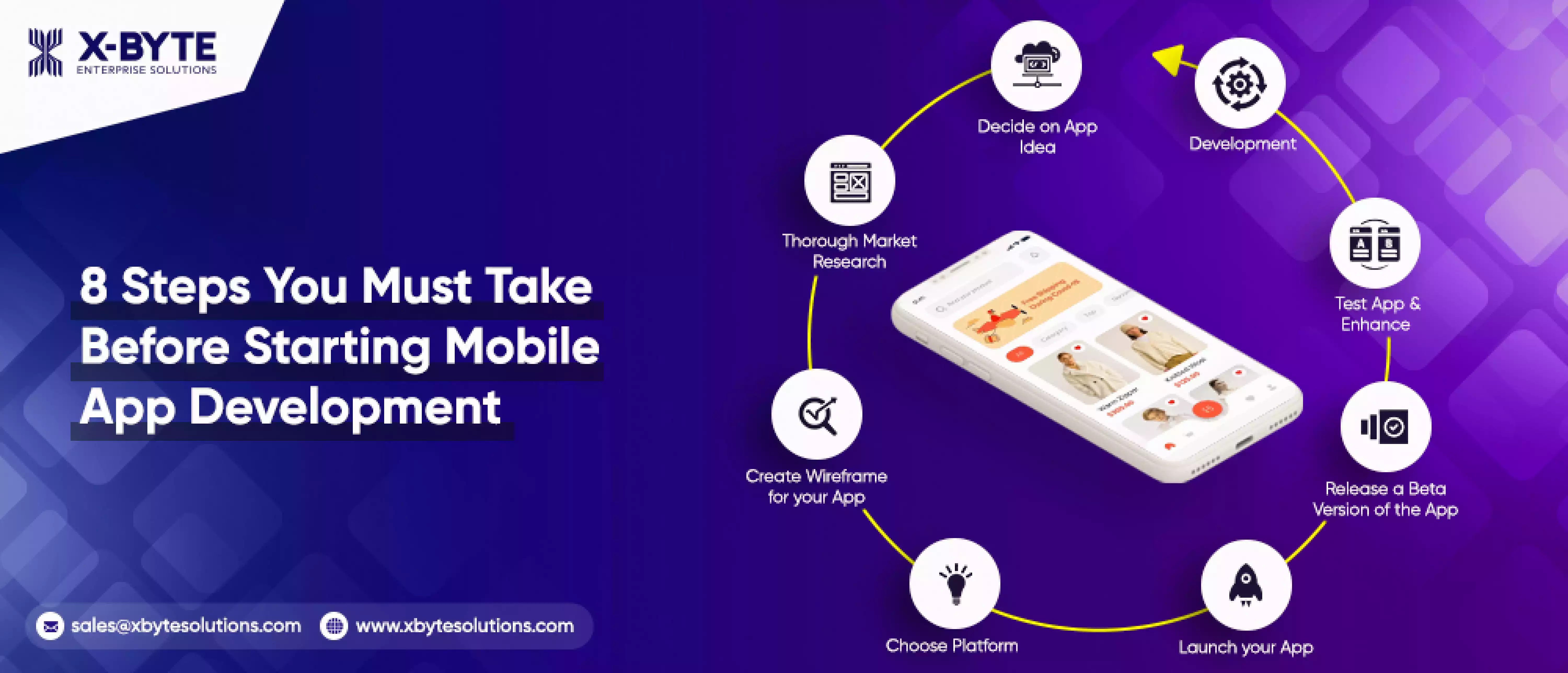-
solutinos
-
Hire
Frontend Developer
Backend Developer
-
NodeJS Developer
-
Java Developer
-
Django Developer
-
Spring Boot Developer
-
Python Developer
-
Golang Developer
-
Ruby on Rails Developer
-
Laravel Developer
-
.NET Developer
Technology
-
Flutter Developer
-
React Native Developer
-
Xamarin Developer
-
Kotlin Developer
-
Cross-Platform Developer
-
Swift Developer
-
MongoDB Developer
-
C Developer
-
Smart Contract Developers
Cloud
-
-
Services
Mobile Development
Web Development
- Work
-
Multi Services App
-
Food Delivery App
-
Grocery Delivery App
-
Taxi Cab Booking App
-
Multi Services App
-
OTT Platform APP
-
Social Media APP
-
Freelance Service App
-
Car Rental App
-
Medicine Delivery App
-
Liquor Delivery App
-
Sports Betting App
-
Online Coupon App
-
eLearning App
-
Logistics & Transportation App
-
Courier Delivery App
-
On-Demand Real Estate App
-
E-Wallet APP
-
Online Dating App
-
Handyman Services App
-
-
Process
-
Company

If a random idea strikes your mind to create a mobile app you can start working on your idea immediately. But, when you start with great enthusiasm you may miss out on vital Mobile App Development Steps that could help you sail through the mobile appdevelopment processeasily.
To move ahead with your idea, you need to start correctly to end correctly. Not every app that is developed proves to be successful as it lacks the right mobile app development starting steps.So, we will share the vitalmobile app development steps to take before starting a mobile app development.
Steps To Consider Before Starting A Mobile App Development
Step 1 – Decide on App Idea
Before you start with the mobile app development process, you need to think about your idea behind building an app.
You need to think about whether the idea is relevant and worth investing time and effort in. For this consider the following factors
- App Goal
- Target Audience
- App USP
- Competitor Analysis
- App Investment
- App Marketing
Step 2: Thorough Market Research
This is the next step of your mobile app development journey. It is important to conduct thorough market research to understand the actual demand/interest that exists in the market for your app. It will help you make changes to your idea accordingly. The research will give you a list of basic requirements that help you plan your work. With market research, you would be able to
- Understand your customers
- Assess your competitors
- Evaluate your product before its launch
- Determine how to reach the potential audience
- Search for business opportunities
- Extract list of features & demands of the users
Step 3 – Create Wireframe for your App
After you finalize your idea you should start giving shape to your app idea through wireframes. A wireframe is like a blueprint of your app. It would portray the app's design and features. Also, you can get an idea about the look and function of your app.
The wireframe is like a guidebook for the developers
Step 4- Choose Platform
With multiple platforms available for building an app, it is important to make the right decision when it comes to the mobile app development stages. You can choose from 3 different options
Native App
The developers can develop an app for particular platforms like iOS and Android with the implementation of the right tools and programming language.
Hybrid/Cross-Platform App
A single mobile app developed using HTML5 can be installed on multiple platforms. They can be downloaded via all app stores the same as native applications.
HTML5 Web App

The platform helps you get mobile apps that look like a native app and can be accessed through a mobile browser. The web app is platform-independent but falls back to offer quality user experience & functionality.
Step 5- Development
After your mobile app design passes the usability test, you can plan to give it an accurate structure to match your vision. The process includes coding that helps you get an idea about the actual appearance of your app. The mobile app development steps include multiple tasks like
- Create ideal development set-up
- Creating different sections of the code
- Preliminary testing,
- Creating the mobile application which can be tested & installed
Single development project needs programming & configuring the development set-up. Normally, the 3 aspects of an app are
- Back-end
- APIs
- Front-end
There are 3 stages of development that a developer adopts and gives you a progress report on each stage
Back-End/Server Technology
It is about database & server-side objects that are all-important to facilitate functions of the mobile app by connecting to a specific network.
You need to walk through changes and configurations to support the expected mobile app functionality in case you are utilizing the backend platform. On the other hand, server-side objects built during this stage should be tested and configured with other elements of the app.
Application Programming Interface
It is a series of tools, practices, and protocols for building software apps. It elaborates on how particular software operates. Also, the programming interface is utilized while the programming of GUI components is going on.
Mobile App Front-End

The client-side (front-end) programming is the section that the app users connect with. It integrates the design, animation, structure, and behavior visible on the screen when you access the websites, web apps, or mobile apps.
Step 6- Test App & Enhance
It is the vital step among othermobile app development steps which includes running a code review to ensure all bugs are resolved.
Once you get an impressive and fully functional app, move ahead to carry out a final usability test with other mates. During this process, you may come across bugs that you might have missed or ignored. But, at this stage, you can work on these bugs and resolve them.
Step 7- Release a Beta Version of the App
Talking about the beta version, this is the stage where the app can grab early adopters. They will provide useful feedback to help you know the pros and cons of your app. Their rating and experience with your app can help you understand how your app performs.
Step 8- Launch Your App
At this stage, you have already created the structure, tested the app, and developed it completely. Well, your app is all set to be launched in the Apple store/ Google Play Store.
Certainly, after you launch your mobile app, you need to promote it. Let people know about your app else no one will download it. You can promote it on social media platforms, post videos to educate people on how your app functions.
Conclusion
Just having an app idea is not enough to proceed with app development. Well, you need to take the necessary mobile app development stepsto make it a success. You need to research to understand users and their interaction with the app.
If you have an idea that you want to turn into an app then connect with X-Byte Enterprise Solutionsto develop an app through comprehensive mobile app development steps.
